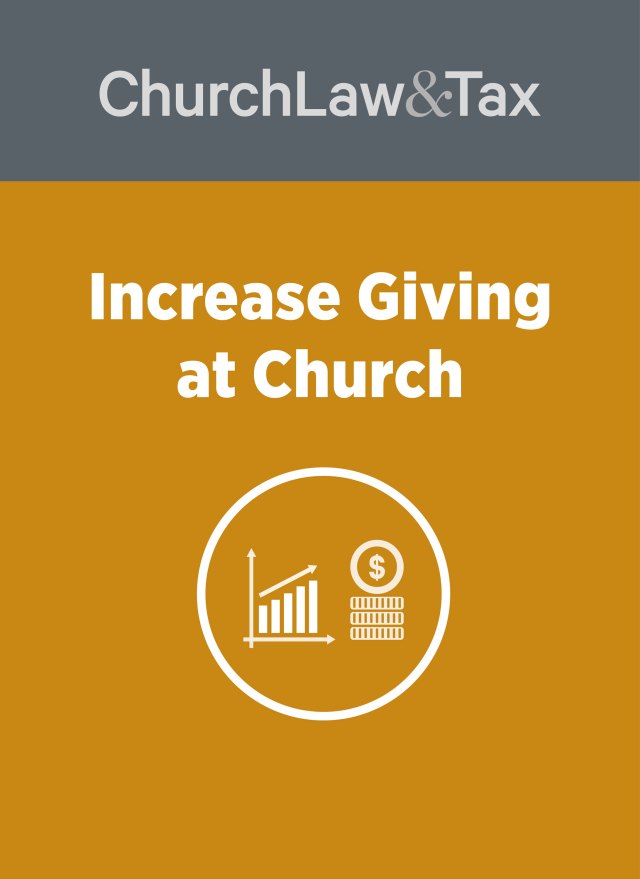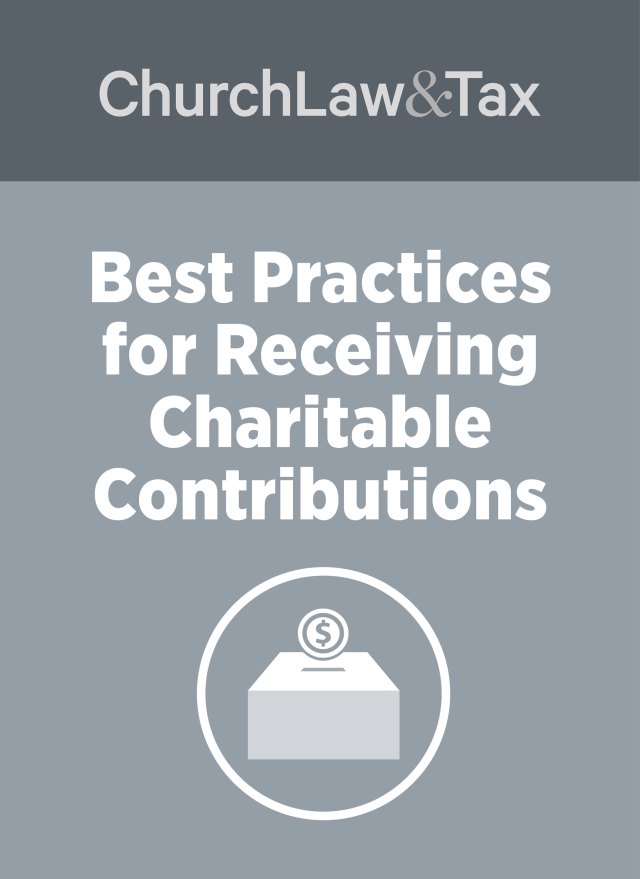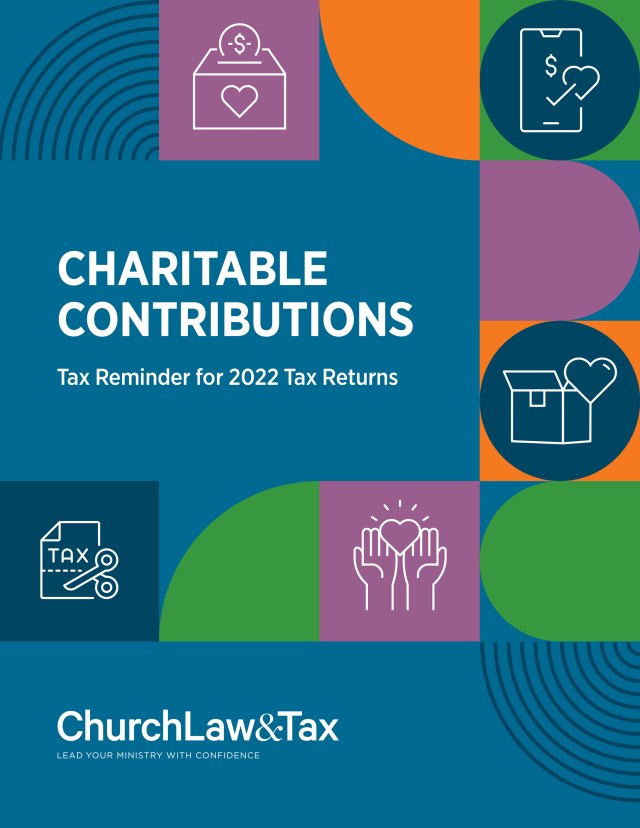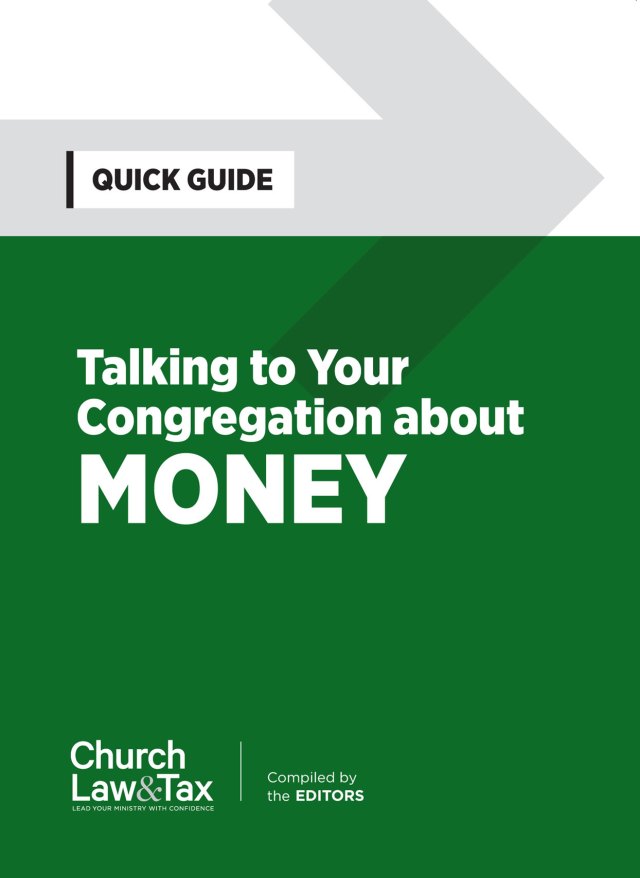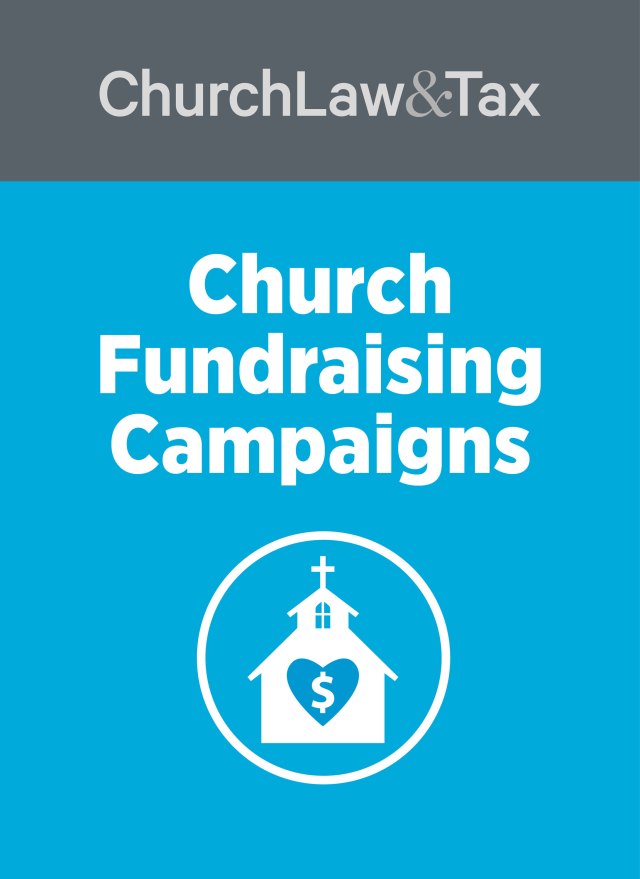Times of economic recession often result in reduced contribution revenues for many churches and nonprofit organizations. Here are some tips for improving charitable giving and other revenues, even in difficult times.
Make appropriate adjustments to your church’s cost structure, and then explain the need to your members. Loyal and faithful donors who are able will respond to credible appeals, so long as they believe the ministry is practicing sound stewardship over the resources it has. Donors want to be reassured that their church is spending money prudently and on the essentials.
Publicly demonstrate financial integrity. If your church is accredited by a financial accountability oversight group, such as the Evangelical Council for Financial Accountability (ECFA), make that fact a prominent part of your public communications and solicitations. Include a description of the significance of the accreditation and information about the standards of the accrediting body. If your church is not accredited by such a group, pursue accreditation. Also, have a highly qualified auditing firm perform an independent audit, and publicize the fact that your church’s financial statements have been independently audited. In challenging financial times, if donors perceive any hint that an organization or its leaders are operating without integrity, donor loyalty will erode rapidly.
Make giving easy for donors. It is a 21st century reality that many people do not carry checkbooks around with them. Indeed, many younger people almost never use checks. They pay all their bills electronically. Churches need to adapt to this reality by making giving easier. Some churches have installed giving kiosks in their lobbies, or established online giving on their church websites. These measures help members give using their credit or debit cards. However, they also introduce new obstacles, and some members simply will not follow through with their giving if there are too many extra steps involved. One way to make tithing easier during church services is to modify pew envelopes. Add a tear-off card that allows donors to write in their credit card or debit card information, indicate the amount of gift they wish to make, and leave a space for their signature. The donor can then insert the tear-off card into the envelope and deposit it in the offering plate as it is passed.
Offer the opportunity to give automatically. Anecdotal evidence strongly suggests that automated giving programs result in more reliable and consistent giving by donors. Churches can easily make arrangements with their banks to accommodate and process automatic monthly deductions from a member’s bank account (often referred to as ACH debit transactions) or automatic monthly charges to a member’s credit card. Banks will gladly advise churches how to obtain the proper documentation of donor approval for such arrangements.
While the current recessionary environment may give some churchgoers pause over making such commitments, many churches that implemented strong automated giving programs before the recession report donor resilience during these challenging times. Even small commitments can make a significant difference to churches when a large number of people make them.
Accept and encourage noncash gifts. With the current liquidity crunch, congregants may not have much cash, but they may have other assets they could give (cars, boats, RVs, stocks, bonds, jewelry real estate, etc.). If you don’t have a noncash gift acceptance policy, consider adopting one and accept gifts that can be sold or used by the church. Of course, legal and tax considerations should be addressed as needed.

